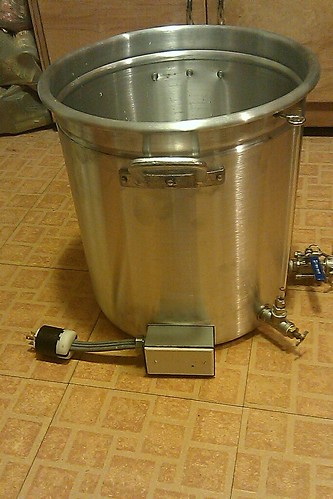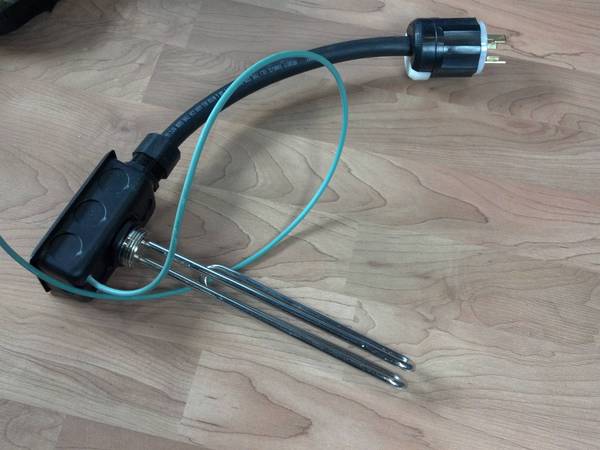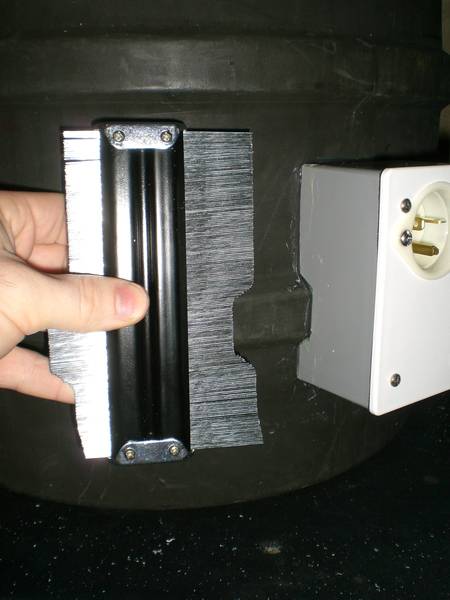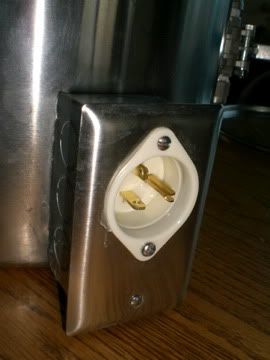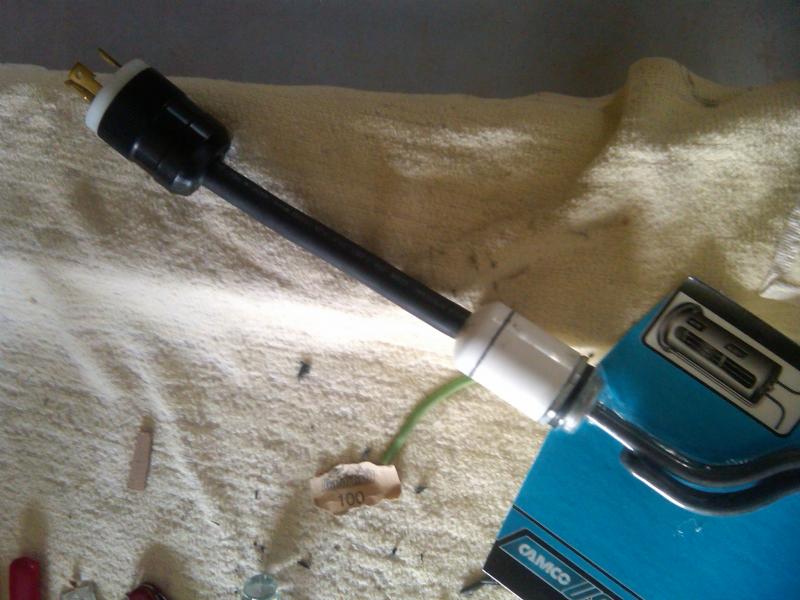Joe_in_GA
Active Member
Hey guys, I'm working out the final details on my 2 vessel electric system and have a question for you. I was thinking of putting a plug on the kettle end of my element cord so I wouldn't have to drag a 6 foot cable around every time I moved my kettle. Has anyone done this? Do you like your setup? Are there any concerns other than the obvious don't get it wet? Thanks for your advice.


